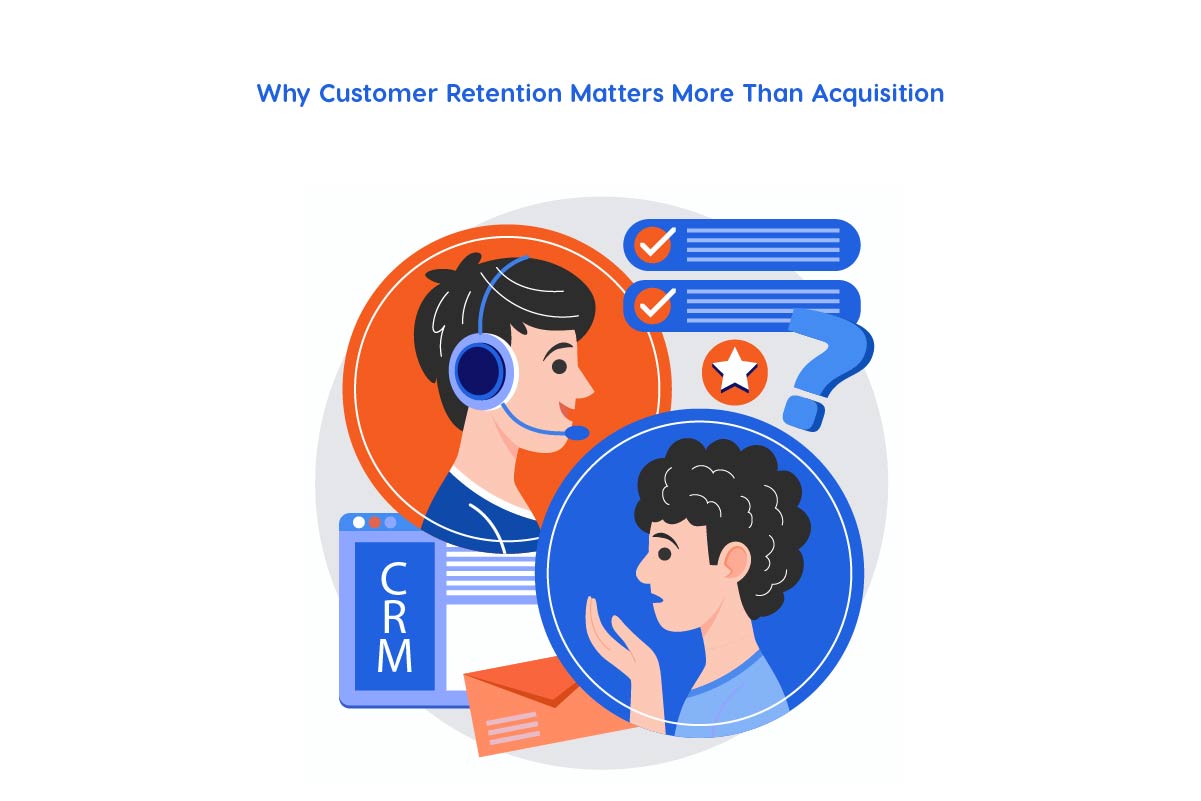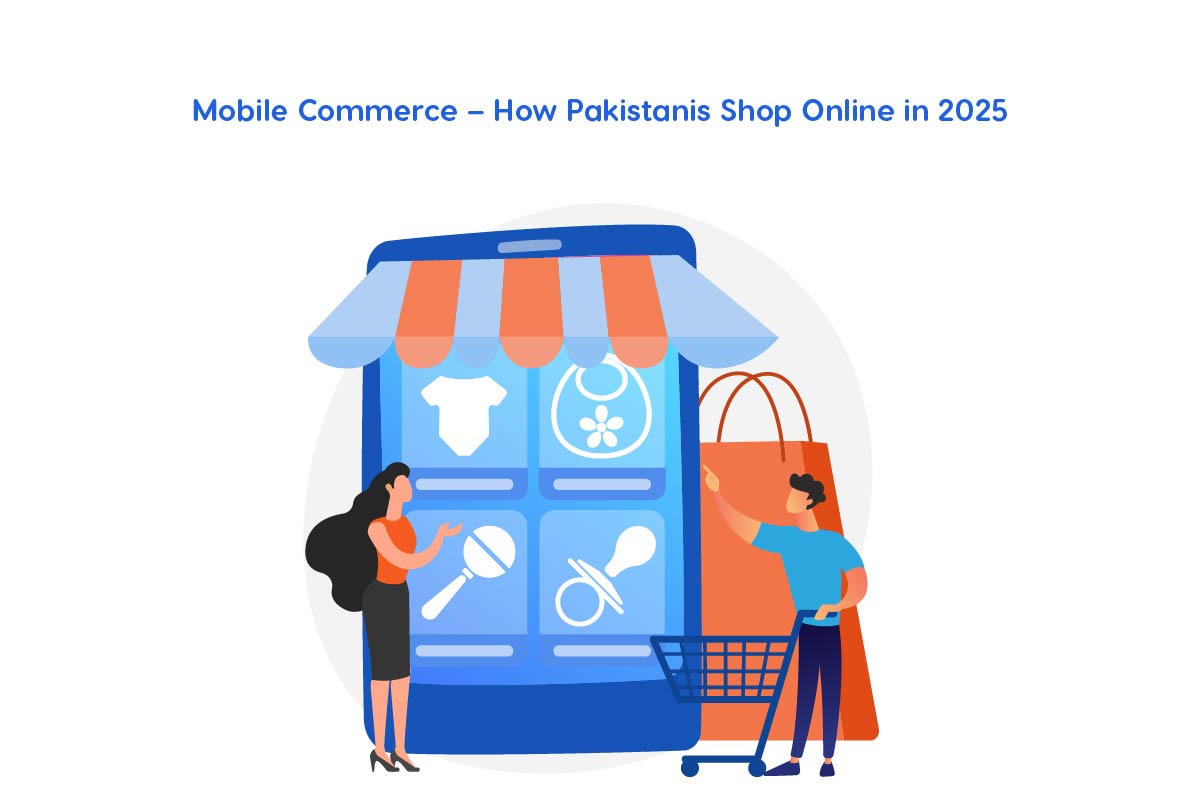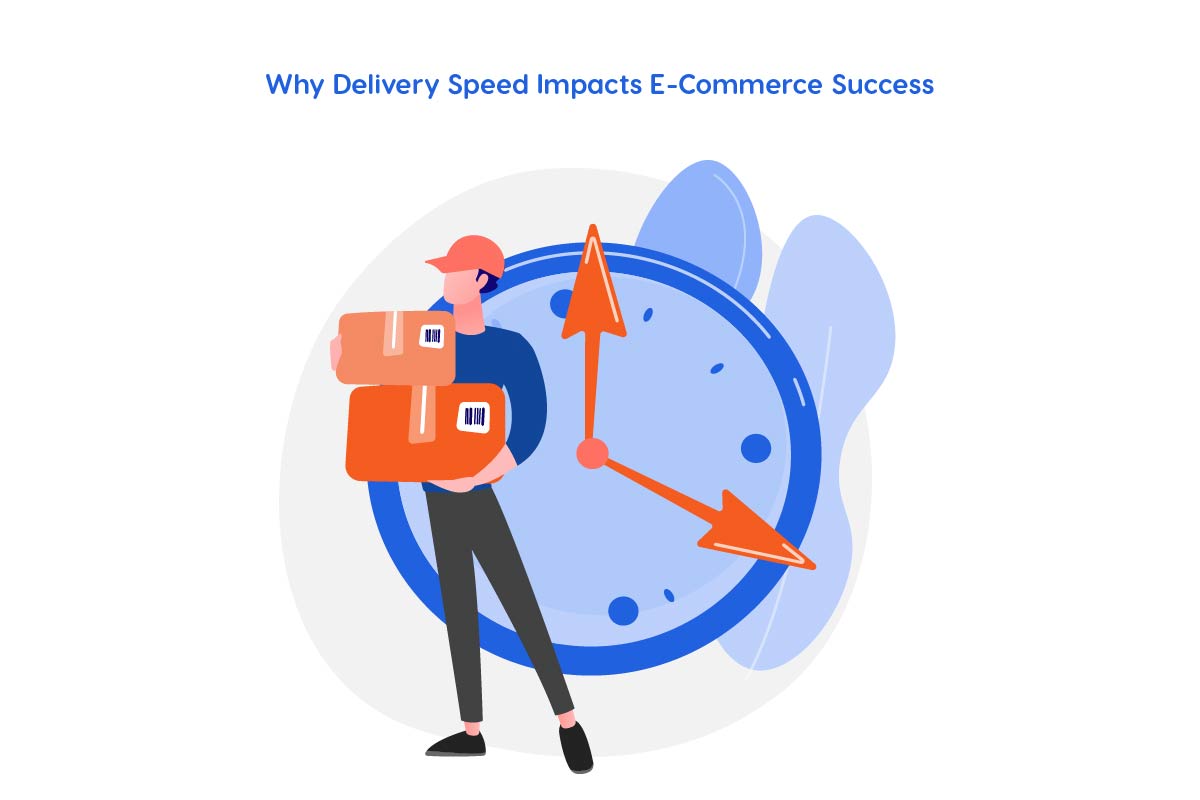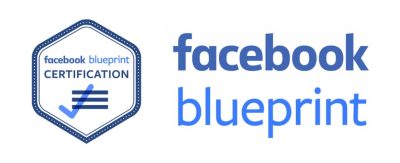Today, visibility is everything. Whether you are running a small business, a thriving eCommerce store or a global enterprise, getting found online is essential. Google processes over 8.5 billion searches each day which breaks down to approximately 6.3 million searches per minute. This number has grown consistently year over year since Google’s launch in 1998, reflecting the platform’s dominant role in how people access information online. Smart Insights states that Google makes up 78% of all online search behavior today. Two primary strategies for driving traffic from search engines are SEO (Search Engine Optimization) and SEM (Search Engine Marketing).
While both aim to improve visibility on search engines like Google, they operate very differently. Understanding how SEO and SEM differ, their unique benefits and how to choose between them is key to maximizing your ROI and building a strong digital presence. In this thorough article, our Tashheer research team has explained the key difference between SEO & SEM and also explained its pros, cons & best use cases.
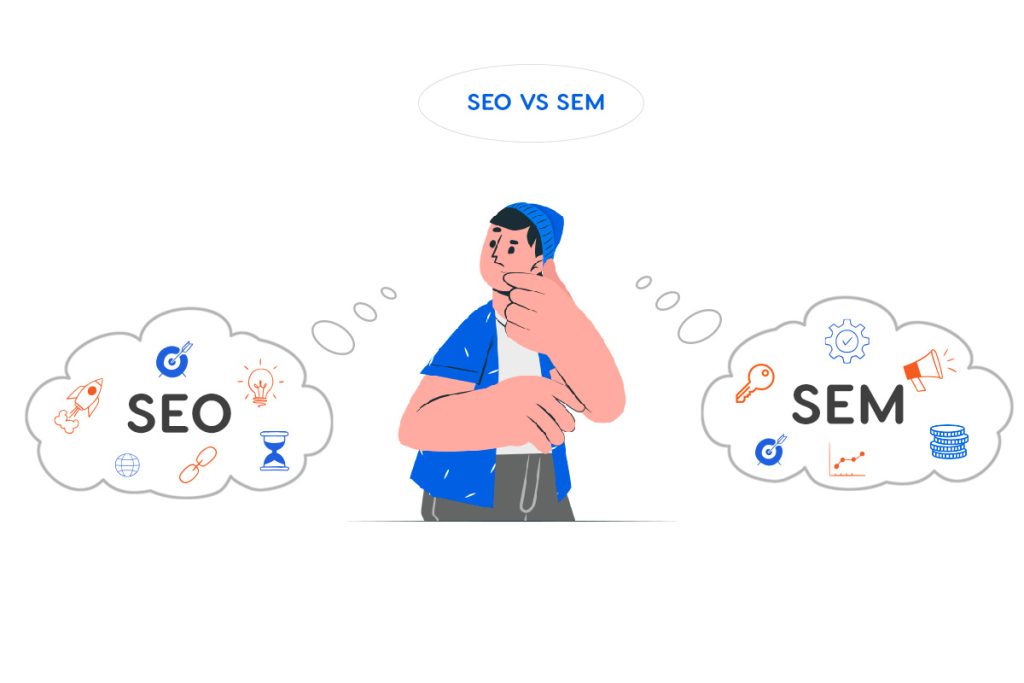
What Is SEO?
Search Engine Optimization (SEO) is the process of improving a website’s visibility in organic (non-paid) search engine results by optimizing various elements both on and off the site. It involves techniques like optimizing content and keywords (on-page SEO), earning backlinks from reputable sources (off-page SEO) and ensuring the site is technically sound, fast and mobile-friendly (technical SEO). The goal of SEO is to attract more qualified traffic by ranking higher in search engine results pages (SERPs), ultimately leading to increased brand awareness, trust and conversions over time without relying on paid advertising.
Why It Matters?
SEO helps build sustainable visibility in search engines. When SEO done right with the proper guide about Best SEO Practices, your pages can rank highly for relevant keywords without paying for each click, offering long-term value and consistent traffic growth.
What Is SEM?
Search Engine Marketing (SEM) is a digital marketing strategy that focuses on increasing a website’s visibility in search engine results through paid advertising. The most common form of SEM is Pay-Per-Click (PPC) advertising such as Google Ads where businesses pay each time someone clicks on their ad. SEM involves bidding on specific keywords to appear at the top of search engine results pages (SERPs), creating targeted ads that appeal to the right audience and directing traffic to optimized landing pages designed to convert visitors into customers.
Why It Matters
SEM delivers instant visibility. As soon as your campaign goes live, your ads can appear at the top of search results, making it ideal for short-term campaigns, product launches or time-sensitive offers.
Key Differences Between SEO and SEM
Here is the table of key differences between SEO and SEM, mentioned as:
| Feature | SEO | SEM |
| Traffic Type | Organic (free) | Paid (ads) |
| Cost | Investment of time and resources | Ongoing ad spend |
| Speed of Results | Slow (months) | Immediate |
| Longevity | Long-term, sustainable | Short-term (as long as you pay) |
| Trust & Credibility | Higher (not marked as “Ad”) | Lower (ads are flagged as such) |
| CTR (Click-Through Rate) | Often higher for top organic results | Can be strong but typically lower |
| Learning Curve | Technical and content-focused | Platform knowledge & campaign management |
Top Benefits of SEO
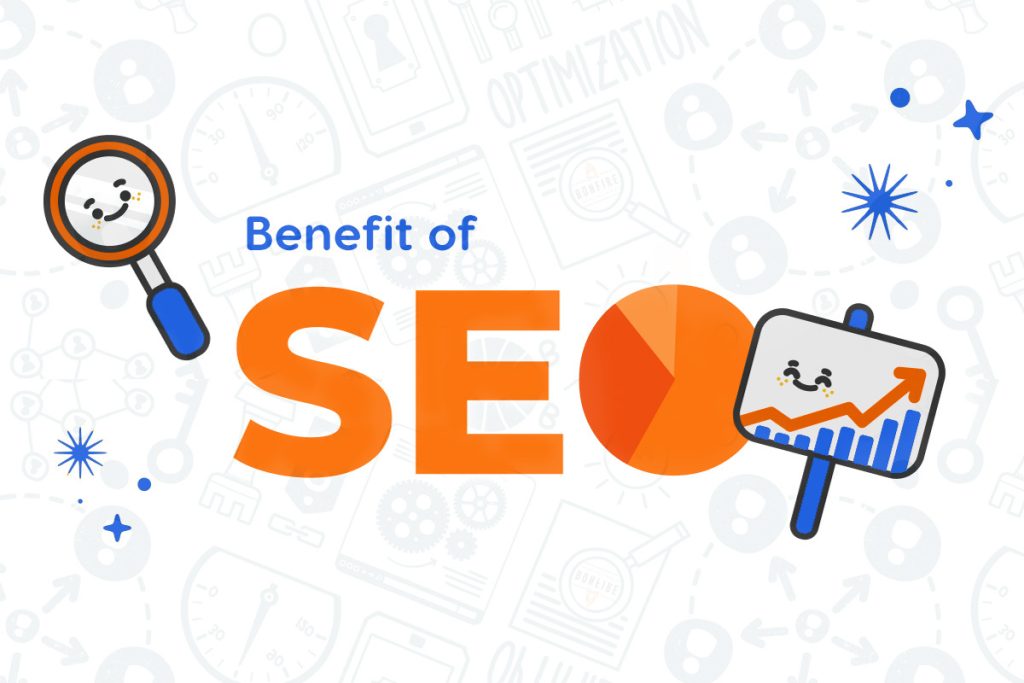
Here is a list of key benefits that make SEO a useful tool for digital marketing success, mentioned as:
- Sustainable Organic Traffic
Once your website ranks well on search engines, you can consistently attract visitors without having to pay for each click, unlike paid ads. This makes SEO a long-lasting traffic source.
- Builds Brand Authority
When your site appears at the top of search results, people naturally trust it more. High rankings help position your brand as a credible and reliable source in your industry.
- Cost-Effective in the Long Run
While SEO requires an upfront investment in content and optimization, it delivers better returns over time compared to paid advertising Google Ads which stops driving traffic as soon as you stop spending.
- Improves User Experience
SEO involves optimizing your site’s structure, speed and content that make your site easier to navigate and more enjoyable for users. This can lead to higher engagement and conversions.
Top Benefits of SEM
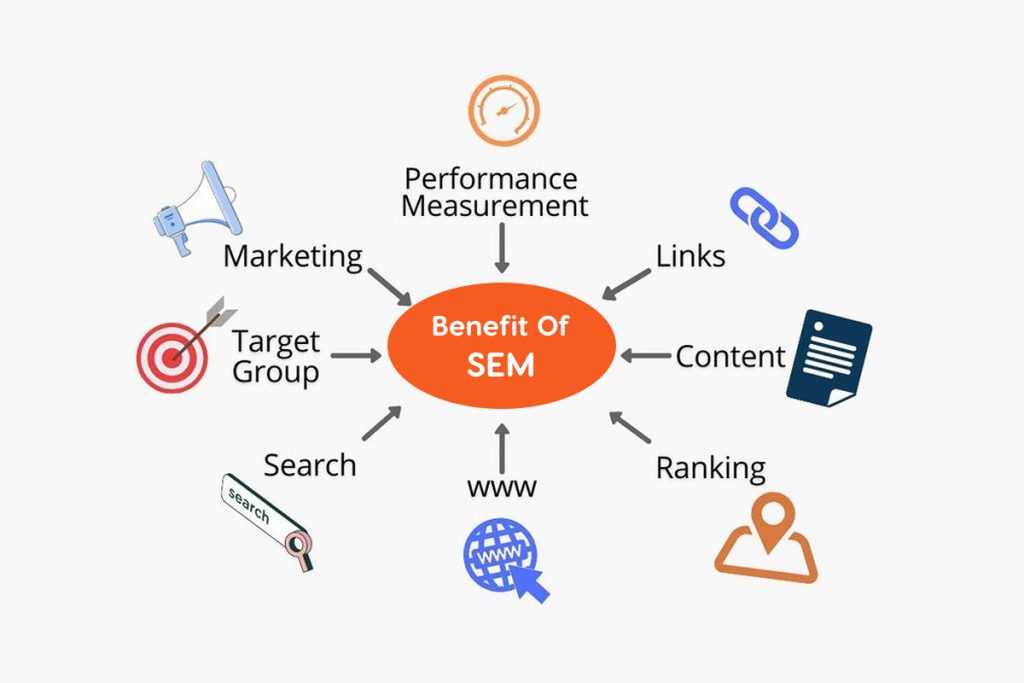
Here is a list of key benefits that make SEM a powerful tool for digital marketing success, mentioned as:
1. Immediate Results
Unlike SEO, which takes time to show results, SEM delivers instant visibility. As soon as your campaign goes live, your ads can start appearing in search results which is perfect for driving immediate traffic, leads or sales.
2. Targeting Precision
SEM allows you to reach exactly the right audience. You can target users based on location, device type, demographics, interests and even specific search behaviors, ensuring your ads are shown to people most likely to convert.
3. Flexibility & Control
You have full control over your campaigns. Adjust budgets on the fly, pause or resume ads whenever needed and test different messages or creatives with ease. This adaptability helps optimize your spend and performance in real time.
4. A/B Testing Opportunities
With SEM, you can easily run A/B tests to see what works best. Test different ad copy, headlines, landing pages or bidding strategies. The quick feedback loop lets you refine your campaigns rapidly for better ROI.
When to Use SEO, SEM or Both
Here are some key tips to help you decide when to use SEO, SEM or a combined approach along with the best SEO Tools to boost online presence:
Use SEO when:
- You are focused on long-term, sustainable growth.
- Your business can wait 6+ months to gain significant organic visibility.
- You can create top quality content or already have a strong content marketing strategy in place.
Use SEM when:
- You need quick results like leads, traffic or conversions.
- You are launching a new product, service or entering a new market.
- You are in a competitive industry where organic rankings take longer to achieve.
Use Both when:
- You want immediate visibility alongside long-term organic growth.
- You are scaling your business and need both short-term performance and a future-proof strategy.
- You want to test and identify high-converting keywords through SEM before targeting them with SEO.
Integrating SEO and SEM for Maximum ROI
Instead of viewing SEO (Search Engine Optimization) and SEM (Search Engine Marketing) as competing strategies, savvy businesses combine them for greater impact. Here is how SEO and SEM complement each other to maximize return on investment (ROI):
- Test and Optimize with SEM First
Use SEM campaigns to quickly identify which keywords drive the most conversions and revenue. These data-driven insights can guide your long-term SEO strategy by targeting high-performing terms organically.
- Build Long-Term Value with SEO
Invest in SEO to establish sustainable, organic traffic and use the best methods to Gain Website Traffic. Over time, this reduces your reliance on paid advertising, allowing you to cut costs while maintaining strong search visibility.
- Use SEM for Short-Term Wins
Run targeted SEM campaigns during seasonal events, product launches or promotional periods. These short-term boosts can generate immediate traffic and sales while your SEO efforts build steady baseline visibility.
- Use SEM Insights to Strengthen SEO
Analyze search term reports, click-through rates and ad performance from your SEM efforts. Apply these findings to enhance your SEO content strategy, ensuring your organic content aligns with real user intent and behavior.
Conclusion
SEO and SEM are both powerful but serve different roles. SEO is a long-term investment in your brand’s visibility and authority while SEM offers a fast track to search engine exposure and lead generation. Choosing the right strategy depends on your business goals, timeline, competition and budget. For many, the ideal solution is a blended approach, using SEM for immediate results and SEO for sustainable growth. Knowing when and how to deploy SEO vs SEM can transform your digital marketing success whether you are a startup, e-commerce store, local service provider or enterprise brand.
